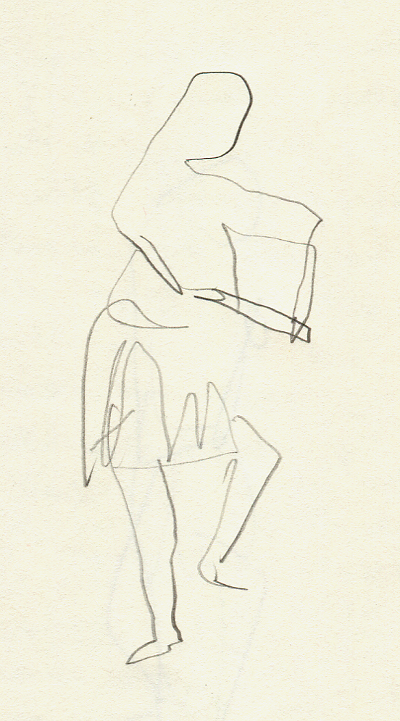
Men from a small island that is threatened by rising sea levels came to dance in Sydney today.
Urab Dancers
Area: Climate Change Research Centre
Tue Sep 22, 13:00 to 15:00
Location: Sir John Clancy Auditorium, UNSW Kensington campus.
Description: Torres Strait Islanders have a strong maritime history, and their forefathers are well known as sea-faring people. Dancers from Poruma (Coconut) Island will be performing dances about the stars used to navigate to their working grounds and to return home, some of their experiences at sea, and love and kinship to country.
OTHER INDIGENOUS DANCE
kNOWING THE COUNTRY IS A RHYTHMICAL KNOWLEDGE OF ANCESTORS AND PEOPLE FROM ‘INSIDE’ THE LAND. p. 66
…movement is both visible and invisible – seen as spatial patterns and body movements …p. 57
In Yolngu society, a sense of emplacement requires engagement with place-essences. Place-essences refer to the way in which performance flows do not simply correlate an ancestral being with some vague idea of place but with the vitality of the shapes, sounds and movements in and of the landscape which, through singing and dancing, constitute a continuum of memories. p. 62
…shaping, singing and moving in the land brings place-essences into both country and body… p. 69
Yolngu come to embrace a place because the place embraces them……body memories cannot be conjured up independently of their relationship to natural elements…Western conceptions of landscape as object, scenery, vista and enclosed areas are problematic as the land is brought to life by performing country. p. 65
Rushing waters, trickling streams, gurgling tributaries, rustling leaves, crushing stones underfoot and sliding sand hills are all ways in which it (landscape) sensually engages and extends its impact upon the human body…Movements of the landscape and movements of people upon it are ways of marking territory…in Yolngu dance the rhythm of the landscape becomes poetry in motion through the footsteps of the dancers which are the original imprints of ancestral songs on the ground. p.67
Thus, utterances of nature such as birdsong, whistling winds and lapping waters are the poetry of human-cestral experience while their repetitive poetic rhythms are the sound and breath of the landscape. p. 70
Magowan, F. 2005. ‘Dancing into Film: Exploring Yolngu motion, ritual and cosmology in the Yirrala Film Project’, in A. Marshall (ed.)
- Landscape of Indigenous Performance
Canberra: Aboriginal Studies Press pp. 57-70
